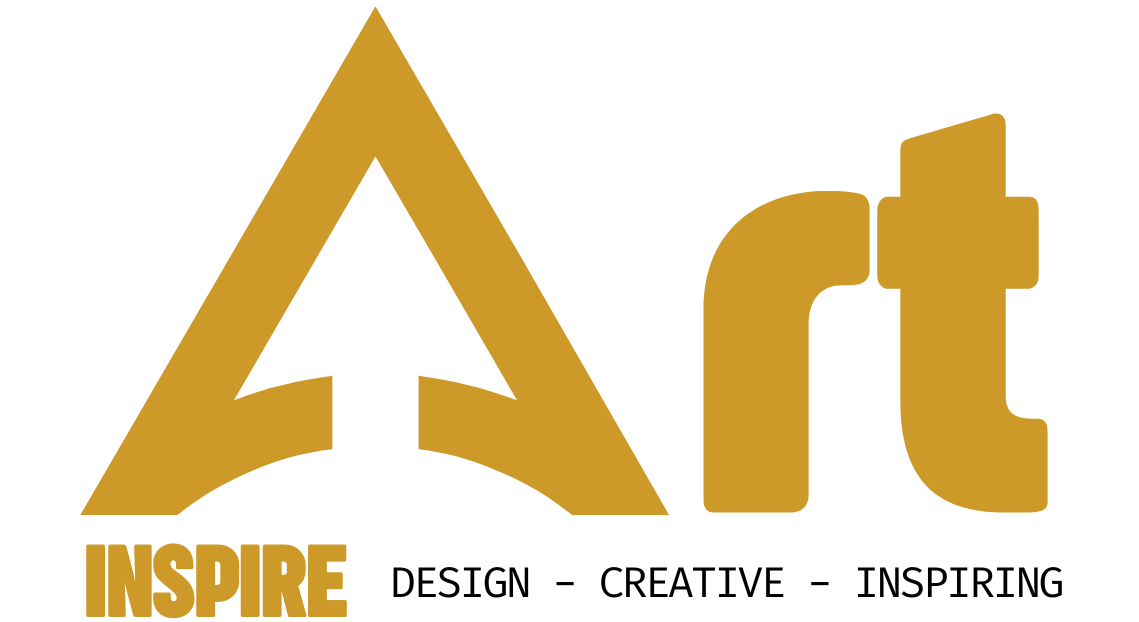The concept of animal shaped motorcycles may sound unusual at first, but in reality, it has roots that stretch back decades. Enthusiasts of both custom bikes and art have long been searching for ways to bring creativity, storytelling, and personal expression into the world of motorcycling. While most motorcycles are built with performance and sleek design in mind, some visionaries decided to push boundaries by blending the raw mechanical power of a machine with the recognizable silhouettes and spirit of animals. The result is an unforgettable category of bikes that are as much sculptures as they are functional vehicles.
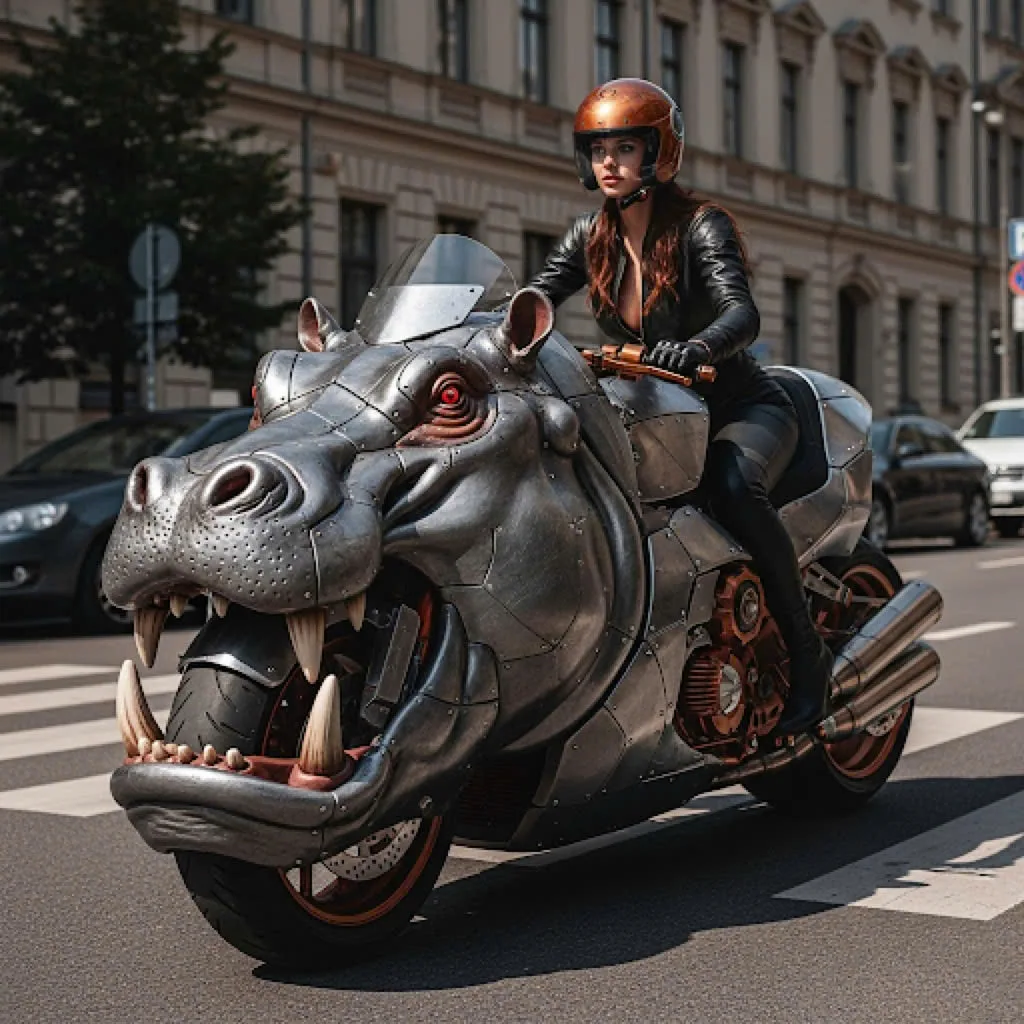
In the United States, the rise of custom motorcycle culture in the 1960s and 1970s provided fertile ground for experimentation. Builders were not satisfied with traditional choppers or cruisers; they wanted machines that reflected individuality and personality. It was during this era that artistic builders began to craft motorcycles that looked like eagles, dragons, lions, and other creatures of power. These early designs were often showcased at rallies such as Sturgis or Daytona Bike Week, where spectators marveled at the mix of craftsmanship, humor, and bravado. Over time, animal shaped motorcycles evolved from novelty to respected works of art within the custom bike community.
For many riders in America—especially those between 45 and 65 years old who grew up during the golden age of custom motorcycles—the sight of an animal shaped bike sparks nostalgia. It brings them back to a time when freedom, rebellion, and imagination were intertwined with the open road. These motorcycles embody that spirit while adding a layer of whimsy and artistic daring.
Design and Creativity Behind Animal Shaped Motorcycles
When you first see an animal shaped motorcycle, it is impossible not to be struck by the audacity of its design. Imagine a motorcycle that resembles a snarling tiger, with its head forming the front of the bike and its body stretching across the frame. Picture an eagle-shaped machine with wings that flare out alongside the seat, giving the impression that the rider is soaring through the sky. These are not mass-produced products but handcrafted masterpieces that demand both artistic vision and technical skill.
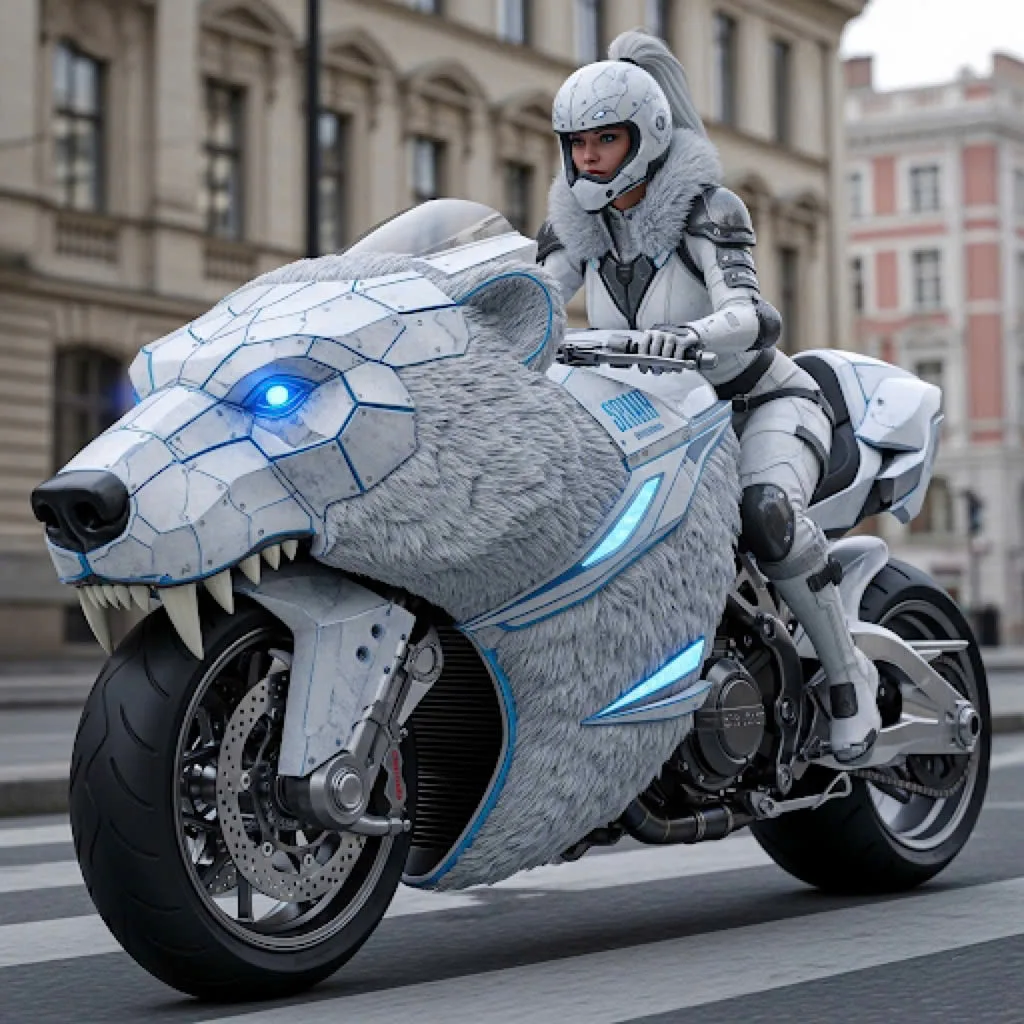
Designers begin with a basic motorcycle frame, often a cruiser or chopper, chosen for its ability to be modified. Then, sculptors and metalworkers create intricate shapes—heads, tails, wings, fins—that mimic the chosen animal. Materials such as fiberglass, steel, aluminum, and even epoxy resin are used to craft these shapes while ensuring durability on the road. Some builders go further by adding textures like scales or feathers, or painting the bike in elaborate patterns that mimic the animal’s natural coloring.
What makes animal shaped motorcycles truly extraordinary is their ability to balance art with functionality. Unlike static sculptures, these machines must actually work. They need to be safe, roadworthy, and mechanically sound while also carrying the weight of added artistic structures. Engineers collaborate with artists to ensure that these motorcycles maintain proper balance, engine cooling, and drivability. The fusion of mechanics and art is where the magic happens, turning a wild idea into a tangible, rideable creation.
The creativity does not stop at the visuals. Some builders incorporate thematic sound systems that mimic animal roars or bird calls, while others use lighting effects to highlight features at night. The result is a multisensory experience—riding one of these bikes feels like bringing an animal to life on the road.
Popular Animal Themes in Motorcycle Design
Over the years, certain animals have emerged as favorites among builders and enthusiasts of animal shaped motorcycles. Each animal carries symbolic meaning, making the motorcycle not just a machine, but a statement.
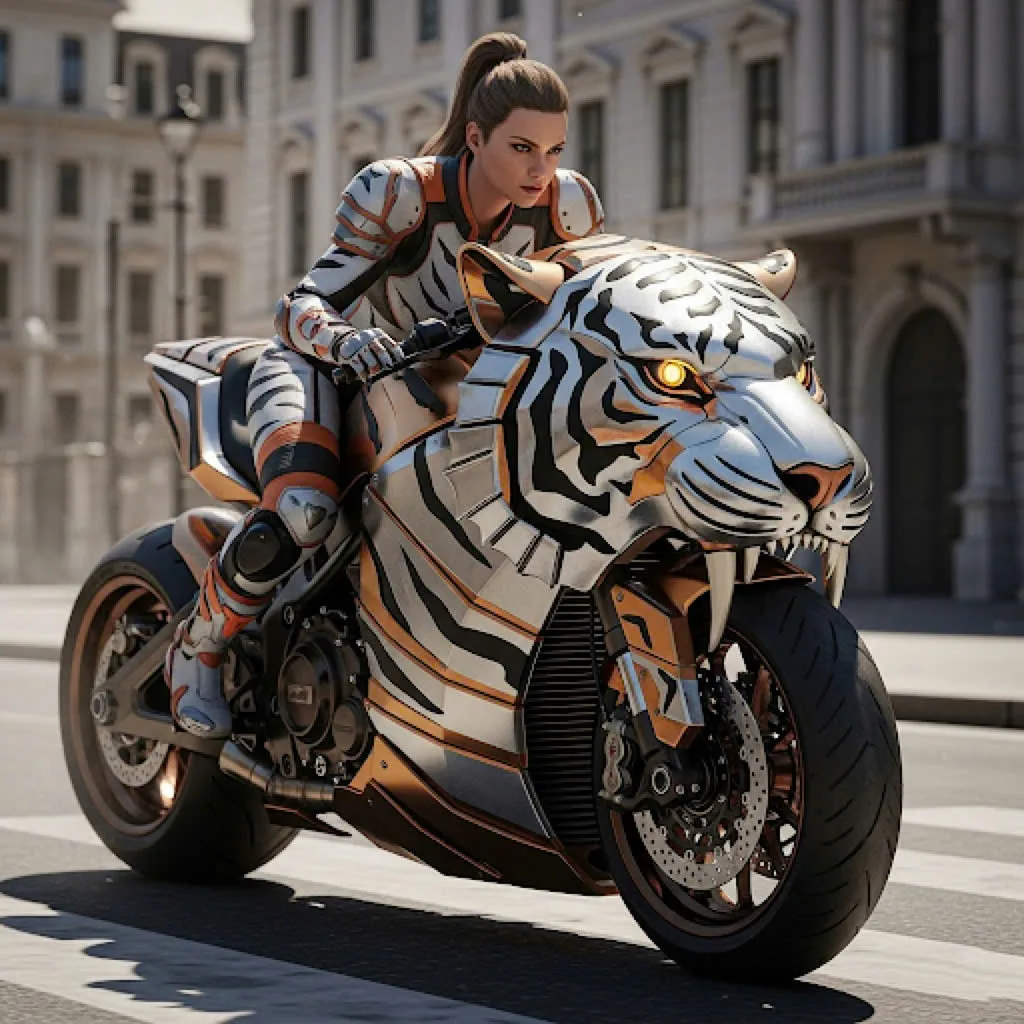
The eagle, for example, is deeply tied to American identity. An eagle-shaped motorcycle symbolizes freedom, strength, and the soaring spirit of the open road. Riders who choose this design often see themselves as patriots or as free spirits unbound by conventional rules. The lion, on the other hand, represents courage, pride, and dominance. A lion-shaped motorcycle often exudes power, with a roaring engine that mirrors the animal’s commanding presence.
Dragons—though mythical—have also become popular inspirations. A dragon-shaped motorcycle can be seen breathing fire from its exhaust pipes, its body covered in scales, and its wings stretched across the bike’s frame. This design appeals to those who want to blend fantasy with raw machine power. Similarly, aquatic creatures like sharks and dolphins have found their way into motorcycle design, particularly for riders who live near coasts and want their bikes to echo the majesty of the ocean.
These themes often reflect the personalities of their owners. An aggressive rider may choose a wolf or tiger design, while a rider with a sense of humor might commission a frog-shaped bike. The diversity of themes proves that animal shaped motorcycles are not about trends—they are about personal storytelling and the emotional connection between rider, animal, and machine.
The Cultural Impact of Animal Shaped Motorcycles
While animal shaped motorcycles are not as common on highways as Harleys or sport bikes, their cultural impact is undeniable. In motorcycle rallies and custom shows across the country, these bikes draw crowds like magnets. Spectators gather to photograph them, touch them, and marvel at the sheer effort that goes into building them. They are conversation starters, symbols of artistic rebellion, and proof that motorcycles can be more than mere transportation—they can be rolling works of art.
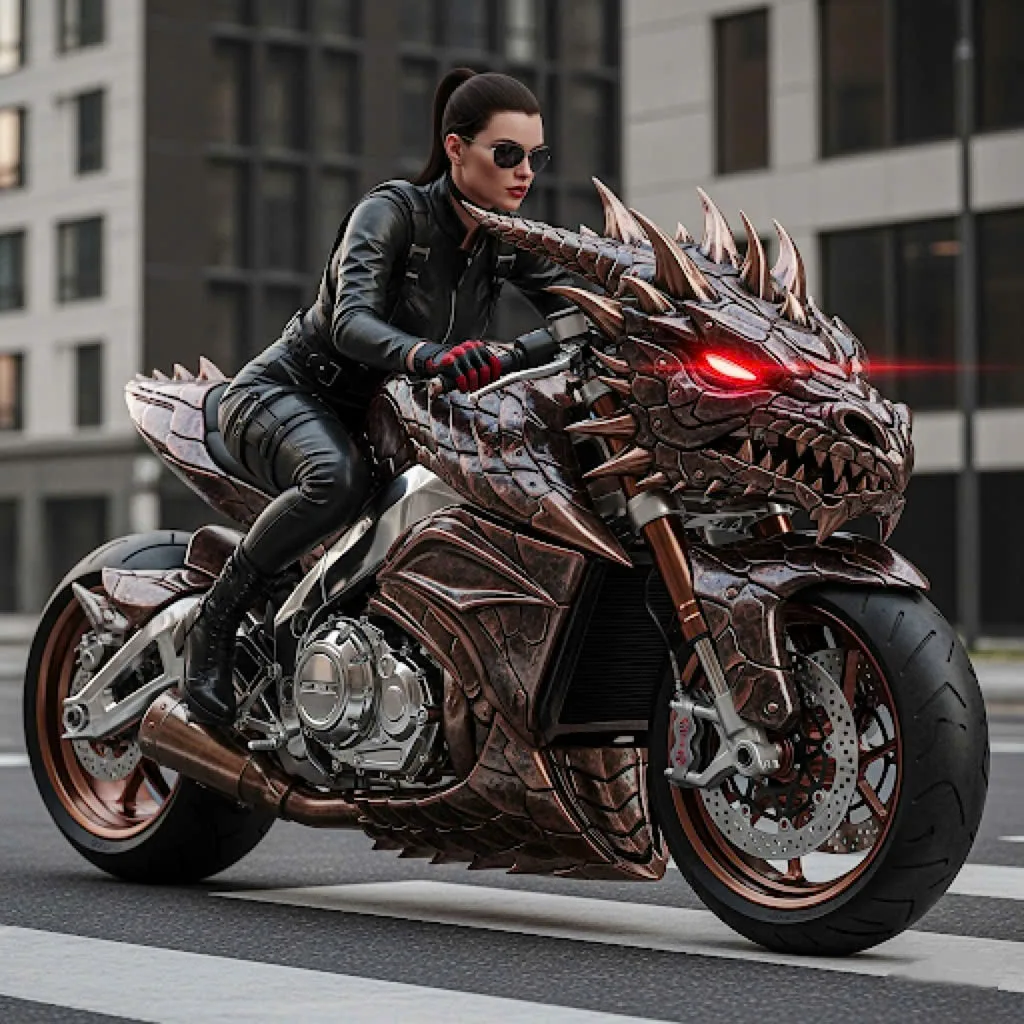
For American riders aged 45 to 65, the cultural resonance is even deeper. This generation grew up with icons like Evel Knievel, Easy Rider, and the custom chopper explosion. To them, motorcycles are about identity as much as mobility. Seeing an animal shaped motorcycle brings back that era of freedom and creativity, when bikes were blank canvases waiting to be transformed.
These motorcycles have also influenced pop culture. They appear in movies, television shows, and even advertising campaigns to signal boldness and creativity. They capture attention in ways that few vehicles can. Just as classic cars or hot rods tell stories about their owners, animal shaped motorcycles do the same, but with even more visual impact.
Why Animal Shaped Motorcycles Appeal to Enthusiasts
The appeal of animal shaped motorcycles lies in their ability to spark imagination. For many riders, a motorcycle is more than transportation—it is an extension of themselves. Choosing an animal shaped design allows them to project a part of their personality outward into the world. It is a statement that says, “I am bold enough to ride not just a machine, but a piece of art that reflects who I am.”
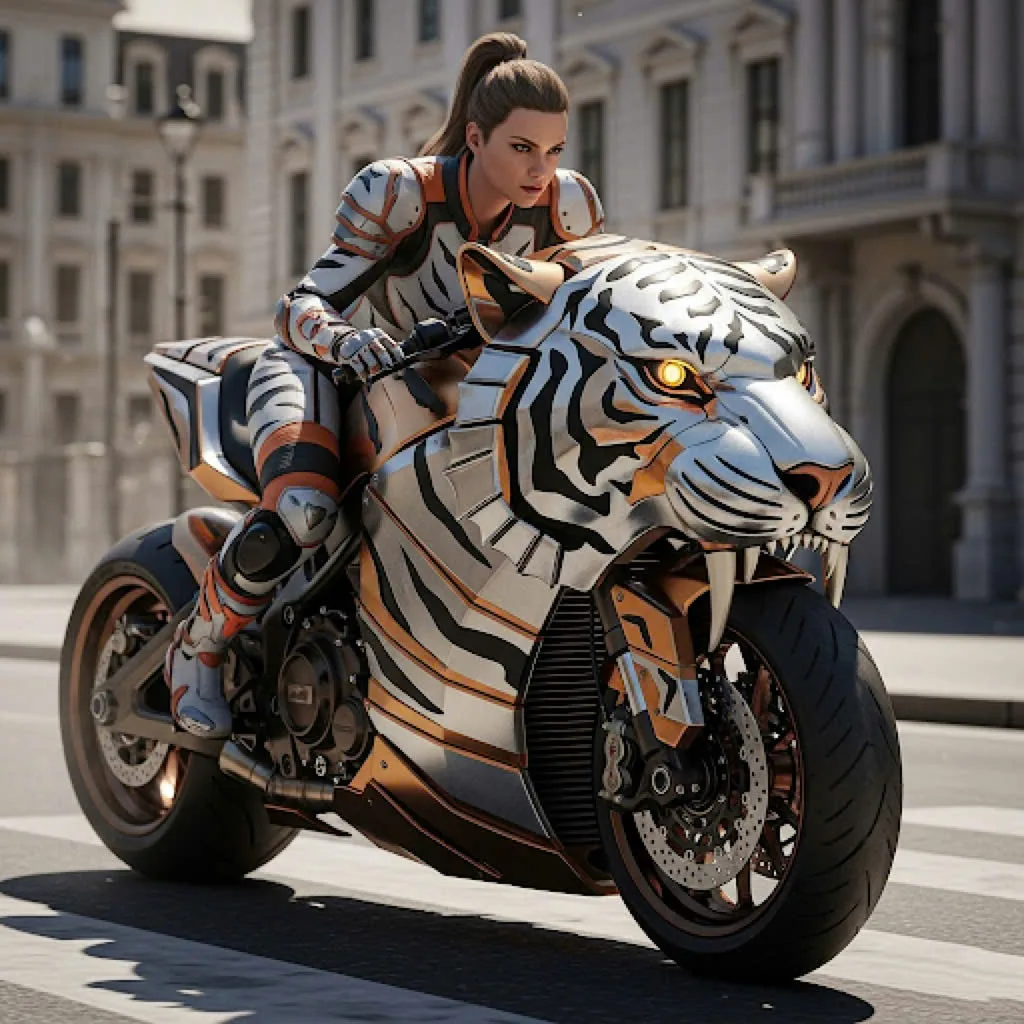
There is also a thrill in owning something truly unique. At a rally filled with hundreds of bikes, it is easy to get lost in a sea of chrome and leather. But when you arrive on a motorcycle shaped like a panther or a dragon, you stand apart. People notice. They ask questions. They remember you. That kind of recognition is intoxicating for many riders who want their motorcycle to reflect their individuality.
For older riders in particular—those between 45 and 65—there is also a sense of legacy. Many have already owned traditional Harleys, Hondas, or Yamahas. By this stage in life, they are not simply looking for speed or performance; they are searching for meaning, storytelling, and artistry. An animal shaped motorcycle offers them a chance to own something memorable, to leave behind not just a bike, but a statement piece that could be passed down or displayed for generations.
The Future of Animal Shaped Motorcycles
Looking forward, animal shaped motorcycles show no signs of disappearing. In fact, with advances in 3D printing, new lightweight materials, and custom fabrication techniques, it is likely that even more intricate and ambitious designs will emerge. Builders are now able to create detailed animal features with greater precision, while keeping the motorcycles safe and functional.
There is also a growing appreciation for these bikes within art circles. Some animal shaped motorcycles are never ridden at all; they are displayed in galleries or private collections as sculptures that represent the intersection of art and engineering. This dual identity—machine and artwork—ensures that they will remain relevant both to riders and collectors.
For younger generations discovering them, animal shaped motorcycles may represent a way to merge modern sustainability with creativity. Electric motorcycles, for instance, could easily be designed with animal forms without the constraints of traditional gas engines. This could open an entirely new chapter in the story of animal shaped motorcycles, where green technology meets imagination.
What remains constant, however, is the sense of wonder they inspire. Whether you are 25 or 65, seeing a motorcycle shaped like a magnificent beast makes you pause, smile, and dream. It challenges the boundaries of what a motorcycle can be and reminds us that even in a world of mass production, there is always room for artistry and individuality.
Conclusion
Animal shaped motorcycles are not just vehicles—they are bold declarations of personality, artistry, and freedom. They connect generations of riders, especially those in America who grew up during the golden era of custom motorcycles. For those aged 45 to 65, they represent a bridge between nostalgia and imagination, combining the mechanical thrill of biking with the storytelling power of animal imagery. As technology and design continue to evolve, these motorcycles will remain icons of creativity, proving that the open road is not just a place to ride, but a canvas to dream.
